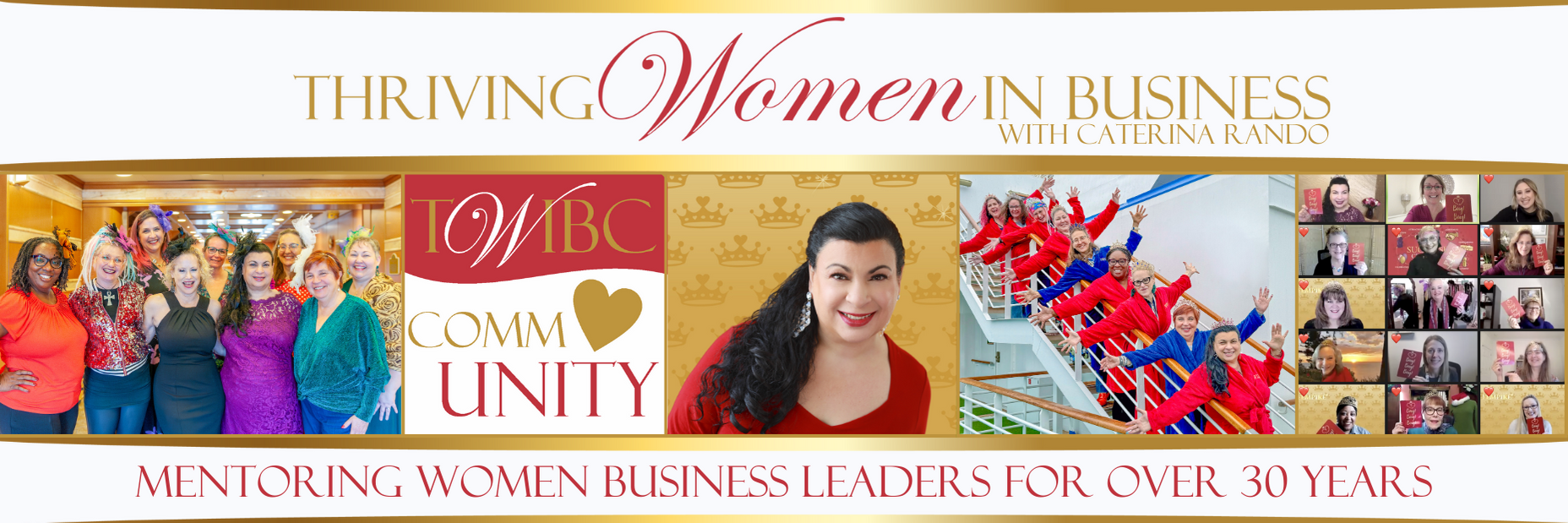Recently I experienced a situation where fear was an unexpected partner in the dance. Not in an obvious way, but definitely present. I doubt that anyone involved (including me) recognized at the onset that fear was part of the situation. That troubled me because we will not change what we cannot see. And we won’t see what we are afraid to see. There it is – FEAR. To be successful in our lives, one of the core things we must develop is a healthy relationship with fear. Why? Because fear cannot be avoided. It can however be a positive energy, a partner for change. But before that can happen, we need to engage fear as our ally.
The first step is to recognize that all of us experience fear. Every day. Let’s get some clarity about the many faces and flavors of fear. As I was researching this I found at least 45 synonyms for the word fear from one search. 45! That’s quite a few flavors. When you move on to all of the additional terms and phrases, the list is literally endless. That tells us something. We get to choose some things about fear in any given situation. We get to put a specific name to our fear. Once we do that, it becomes easier to see it within a context that will allow us to counter and/or leverage it. In other words, we can create our own strategy for fear.
The second step is remembering that fear is a basic human response. We are born with fear as a primal response in recognition of danger and for self-preservation. Over time, we allow fear to become the danger itself and to be self-limiting. We need to remember that fear is not an absolute predictor, fear is just an alert mechanism that tells us we need to look at something before making our choice. Going back to our first point, remember that in this context, fear does not have to remain a reflexive response. Fear can create choices in how we respond. As with any choice, once we recognize we are in a decision moment we know by default we have the power to make a different choice.
To help better demonstrate this, let’s look at just 5of the “flavors” of fear and an alternate choice for each of them:
- When you feel anxiety – choose calm.
- When you feel worry – choose contentment.
- When you feel doubt – choose faith.
- When you feel dread – choose courage.
- When you feel suspicion – choose trust.
There are two important factors at work. The first is that we have a choice. The second is that we also get to create the choices.
Now on to our guide for making fear our ally. Fear is an incredibly powerful emotion, even in these forms. It can distort our vision, perception and ability to act.
In some cases, the fear is clearly invalid and we are able to just choose another response. But in most cases, we will need to engage with our fear and allow it to guide us back to our personal power. That is done using the right questions.
For example, if you are timid in certain situations it won’t be as simple as “I will choose confidence over being timid”. Most likely, there is an underlying reason you are timid. The key will be to ask yourself what steps you need to take to develop confidence. Instead of focusing on the fear (being timid), focus on the alternative (confidence). First you will have to identify where you lack confidence. You will be able to look at what kinds of situations bring out that timidity and determine why. With that, fear becomes your ally. It allows you to see where you lack confidence, take the necessary steps to restore confidence and then thank your fear for its service and send it on its way!
Each one of your fear flavors can leverage this process. Let’s look at unease or suspicion. What is it about this situation creating unease for me? Are those things true? If so, are there steps I can take to be at ease? If so, what are they? Take those steps, thank your fear (unease) for its service and send it on its way! If you cannot define steps that will help you feel at ease, recognize your unease as a “do not enter” warning”, thank your fear (unease) for its service and send it on its way! Over time, this becomes a more automatic reflex action for you. Just remember that skill grows from use over time, not time alone. Put this into practice!
When we embrace fear for what it is meant to be – an alert to potential danger and importance- we can leverage it to change outcomes and set ourselves up more effectively for success. It will be a great ally in helping us to live today like we want tomorrow to be instead of restricting our tomorrows by what we feared today.
Live today like you want tomorrow to be.
Live well.
